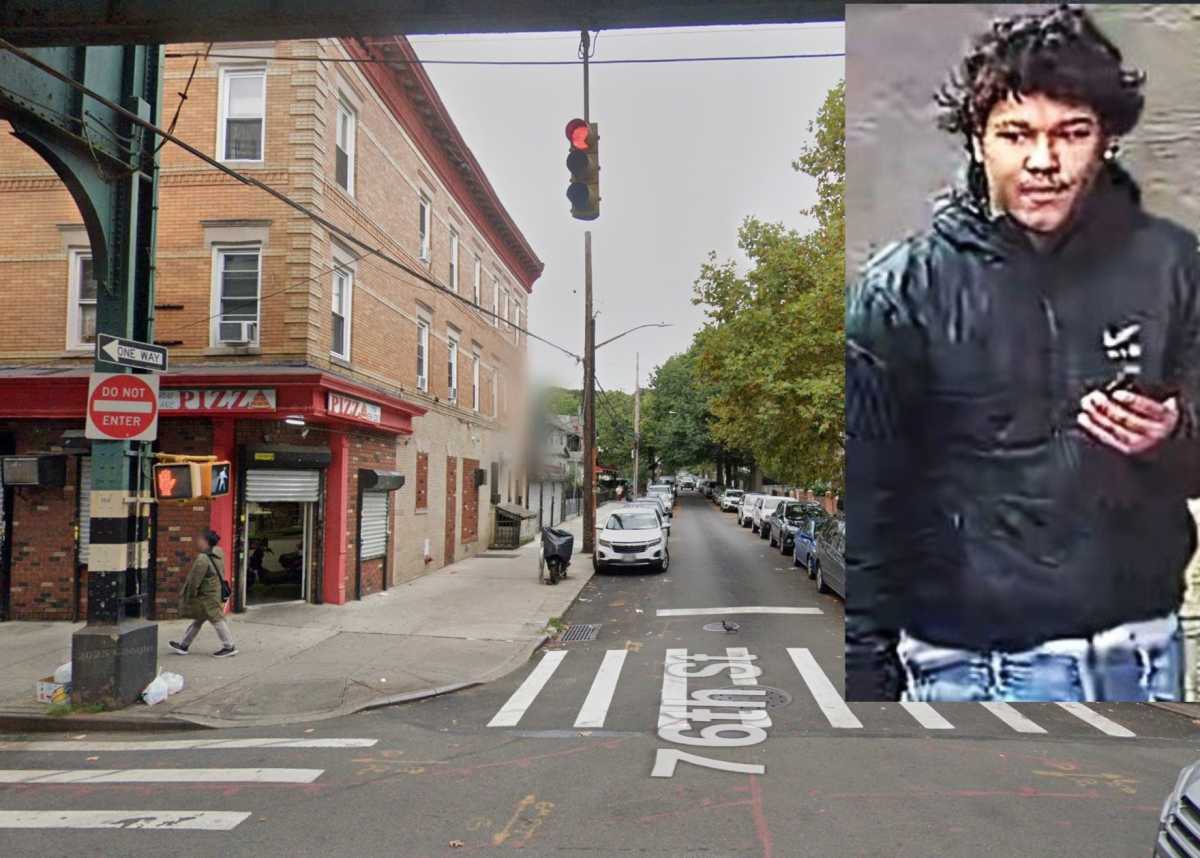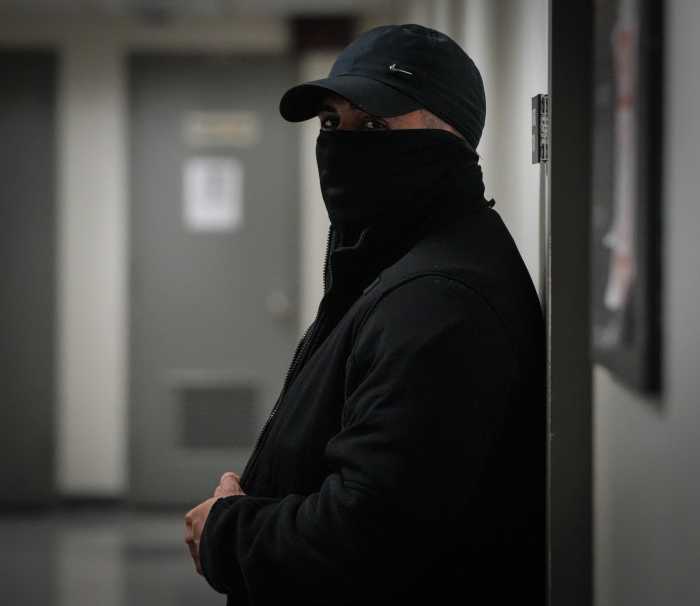Film lecturer Bob Lippet, who gives frequent presentations at North Shore Towers, returned in February, just a couple weeks before the Oscars, to discuss the history of the awards show.
Lippet explained that that the Academy Awards are an “important part of Hollywood” and that they have a “tremendous amount of importance attached to the results.”
In 1926, Lippet explained, the film industry was thriving although he said Hollywood was under constant attack and criticism with censorship being threatened.
“Hollywood needed a new, more dignified image,” he said.
Leaders in Hollywood got together during a dinner meeting to discuss what would be done.
“The answer was to organize the Academy of Motion Picture Arts and Sciences, a non-profit organization dedicated to the ideal of improving artistic quality of the film medium,” Lippet explained. “Louis B. Meyer suggested a yearly awards ceremony to focus attention on outstanding achievements in film. That’s how the Academy Awards ceremonies were born.”
Lippet also explained how the award, which was originally called a statuette, became known as “the Oscar.” In 1931, Lippet said the head of the academy’s library said that statute looked like her uncle, Oscar. A reporter overheard the comment and wrote about it.
A few days later, while accepting an award at a dinner, Walt Disney refereed to it as “my Oscar,” Lippet said.
“At this point, the name really took hold,” he explained.
Lippet also spoke about how the sealed envelope came into use at the awards ceremonies. In the beginning, he said, the names of the winners were given to members of the press in advance. In 1940, this was done and the names were released early in one newspaper.
“Many guests arrived at the Academy Awards ceremony and they knew who the winners were going to be,” he said.
After that, Lippet said they started using the sealed envelope system.
Lippet’s presentation also included stories about some of the winners. For instance, he said that Audrey Hepburn was a favorite to win in 1946 for best actress for her role in “My Fair Lady.” The press agent for Marni Nixon, who dubbed the singing, promoted her for a special Oscar, Lippet said, since “a lot of her efforts would contribute to Hepburn winning.”
According to Lippet, voting members became confused since there was no precedent and many switched their votes to Julie Andrews in “Mary Poppins,” who went on to win.
While Ernest Borgnine and Spencer Tracy were filming “Bad Day at Black Rock” together, Borgnine told Tracy he had been offered the role of a nice guy in “Marty,” Lippet explained. Lippet added that Tracey said Borgnine would be crazy to take the part since his career was based on being a heavy, and that it would ruin his career.
Borgnine took the part, and won the Oscar in 1956 for it.
“When Borgnine’s name was mentioned as the winner for best actor in ‘Marty,’ he got up from his seat and started to walk up to the stage to receive his Oscar,” Lippet said. “On his way down the aisle, he passed Spencer, who stopped him for a few seconds and said ‘you wouldn’t listen to me would you.’”
Lippet also spoke about actress Jane Wyman, who won for best actress in 1949 for the previous year’s film “Johnny Belinda.” Lippet said that, although Wyman had been know has a fast talking, wise cracking comedienne, in the film she played a deaf mute. In preparation for the part, she studied sign language and lip reading, and wore ear plugs while acting.
To see Lippet’s complete presentation, look for it on the North Shore Towers in-house channel.































